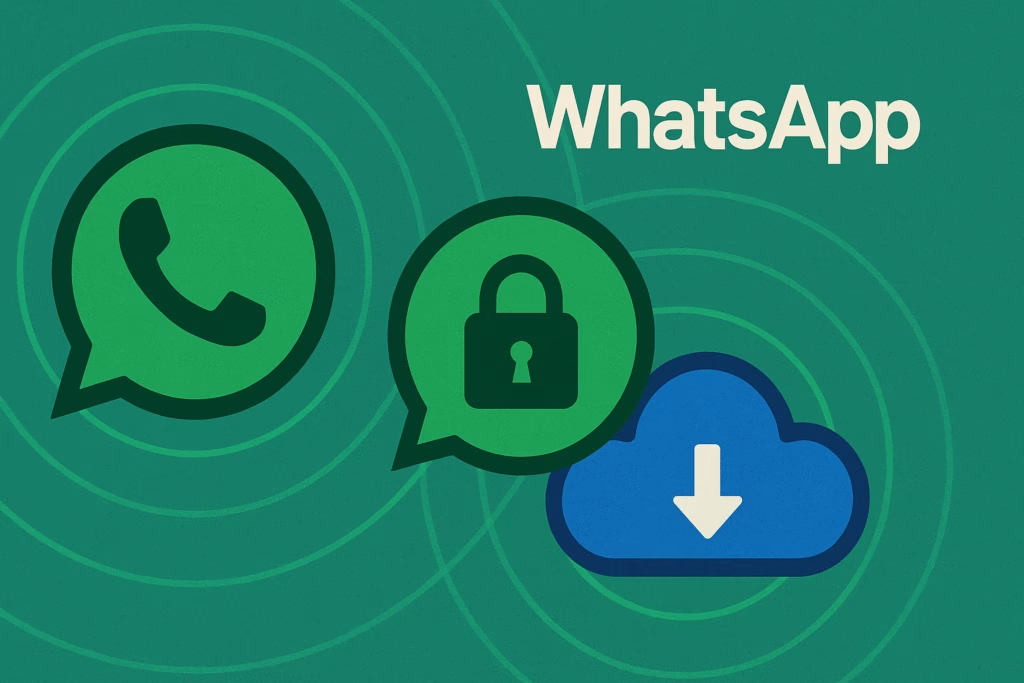
Introduction
Every year, phishing attacks cost businesses over $17 billion globally, with the average breach taking more than 280 days to identify and contain. As threat actors refine their tactics, organizations need robust security investigation tools that leverage advanced phishing computing techniques to detect and mitigate these campaigns. In this article, we’ll explore the latest phishing detection methods powered by computing, outline key investigation tools, and provide actionable steps you can implement today—featuring PhishDef’s comprehensive solution along the way.
Understanding Phishing Threats
Phishing remains the top social engineering attack vector, responsible for nearly 90% of all data breaches. These schemes range from broad “spray-and-pray” emails to sophisticated spear-phishing and whaling efforts targeting C-suite executives. Common goals include credential harvesting, malicious payload delivery, or fraudulent wire transfers.
- Spear-Phishing: Highly targeted emails aimed at specific individuals or departments.
- Whaling: Focused campaigns against high-value targets, such as executives or board members.
- Clone Phishing: Legitimate emails are duplicated with malicious links or attachments.
Effective defense starts with understanding the evolving nature of these threats and applying phishing computing methods to detect anomalies at scale.
Computing Phishing Detection Methods
Modern phishing detection relies heavily on computing power and data science. Below are key approaches security teams use:
1. Machine Learning and AI Approaches
- Supervised Models: Trained on labeled datasets of benign vs. malicious emails to classify new messages.
- Unsupervised Clustering: Identifies outliers by grouping similar email features and flagging anomalies.
- Natural Language Processing (NLP): Analyzes email content, subject lines, and semantic patterns to spot phishing indicators.
According to the 2023 Verizon Data Breach Investigations Report, AI-powered solutions reduced undetected phishing emails by up to 70% in pilot environments.
2. Heuristic and Rule-Based Systems
- Keyword Triggers: Scanning for suspicious phrases like “urgent update” or “wire transfer.”
- Attachment Analysis: Blocking executable files or macros in inbound emails.
- Sender Policy Framework (SPF) / DMARC Enforcement: Validating email authenticity to prevent spoofing.
3. URL and Domain Analysis
- Blacklist/Whitelist Checks: Comparing URLs against known malicious domains.
- Reputation Scoring: Assigning risk levels based on historical data and threat intelligence feeds.
- Whois Lookup & Domain Age: Newly registered domains often indicate potential phishing endpoints.
4. Behavioral Analysis and Anomaly Detection
By monitoring normal user behavior, systems can detect deviations such as unusual login locations or abnormal email volumes. These methods often rely on phishing computing frameworks that correlate multi-dimensional data points in real time.
Security Investigation Tools for Phishing
Integrating multiple tools empowers security analysts to investigate and respond faster:
- Email Header Analyzers (e.g., MXToolbox): Decode routing paths and SPF/DKIM alignment.
- Threat Intelligence Platforms (e.g., CrowdStrike): Aggregate global phishing indicators.
- Sandbox Environments (e.g., VirusTotal): Execute attachments and URLs safely to observe malicious behavior.
- Forensic Suites (e.g., CyberArk): Perform deep packet inspection and endpoint analysis.
- Automated Reporting Tools: Streamline FBI reporting phishing through integrated workflows.
PhishDef: A Comprehensive Phishing Protection Service
PhishDef combines machine learning, threat intelligence, and real-time behavioral analytics to detect advanced phishing attempts. With customizable policies and automated incident response, PhishDef reduces investigation time by up to 60% while ensuring seamless compliance with fbi reporting phishing guidelines.
Step-by-Step Guide: Conducting a Phishing Investigation
Follow these practical steps when a suspicious email lands in your inbox:
- Identify Suspicious Indicators: Look for unusual sender addresses, domain misspellings, or urgent language.
- Collect Evidence:
- Download the full email (including headers).
- Save attachments and embedded URLs.
- Analyze Headers: Use MXToolbox or built-in tools to trace the email’s path and check SPF/DKIM results.
- Check URLs and Attachments: Submit them to VirusTotal or a sandbox to reveal hidden payloads.
- Perform Domain Research: Run a Whois lookup to confirm registration details and age.
- Cross-Reference Threat Intel: Compare indicators of compromise (IOCs) against your threat feed or PhishDef’s real-time database.
- Report to Authorities: Use the FBI’s IC3 portal for official phishing complaints (fbi reporting phishing).
- Remediate: Quarantine affected systems, reset compromised credentials, and update security policies.
Real-World Examples and Case Studies
Case Study: A financial services firm faced a targeted spear-phishing attack that bypassed their spam filter. After integrating an AI-driven detection engine, they:
- Detected 95% of reconnaissance emails within seconds.
- Reduced incident response time from 48 hours to under 4 hours.
- Reported the incident to the FBI’s IC3 within minutes using automated workflows.
According to Ponemon Institute, organizations using layered phishing defenses save an average of $3.8 million per breach compared to those relying solely on email filters.
Key Takeaways
- Leverage multiple phishing detection methods—AI, heuristics, URL analysis, and behavioral monitoring.
- Utilize best-in-class security investigation tools: header analyzers, sandboxes, and threat intelligence platforms.
- Follow a structured investigation workflow: identify, collect, analyze, report, and remediate.
- Automate reporting to the FBI’s IC3 portal for compliance and faster law enforcement collaboration.
- Implement a unified solution like PhishDef to reduce detection gaps and streamline incident response.
Call to Action
Ready to elevate your phishing defenses with advanced phishing computing methods? Discover how PhishDef can integrate seamlessly into your security operations and cut investigation times in half. Request a demo today and shield your organization from the next wave of phishing attacks.


